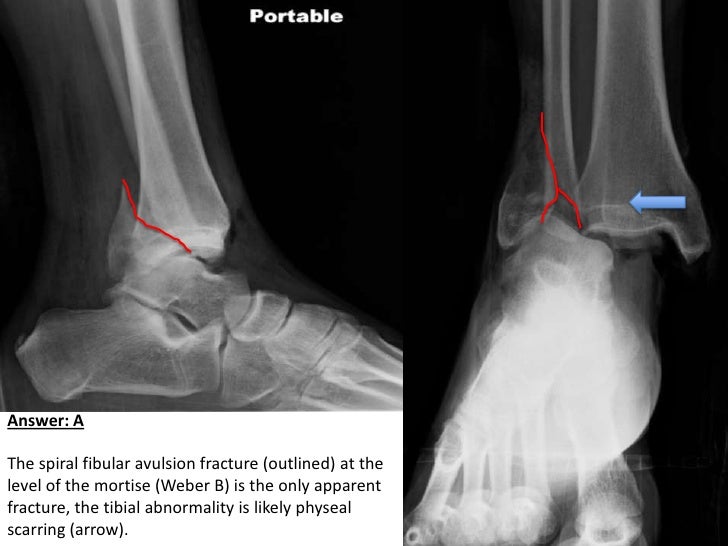

For rehabilitation, including physical therapy, hand therapy, and more, no referral is needed to see one of our physical therapists.How to tell if a bone is fractured or bruisedīroken bones are most common in the upper and lower extremities (limbs). If your injury or condition is recent, you can walk right into one of our Raleigh Orthopaedic Urgent Care locations for immediate care. Click the button below or call us to schedule an appointment with one of our orthopedic specialists. Raleigh Orthopaedic is Wake County’s oldest and most experienced orthopedic practice, serving the Triangle and surrounding regions of central North Carolina since 1919. LEARN MORE ABOUT FOOT AND ANKLE TREATMENT AT RALEIGH ORTHOPAEDIC Most people return to normal daily activities within three to four months. Usually broken bones heal in six weeks, but it may take longer if a patient has associated medical illnesses such as diabetes for example. Weight bearing can usually begin around four to six weeks depending on the fracture type. Recoveryīecause there is such a wide variety of broken ankle types there is also a wide variety of how people will heal after their injury. During surgery, the bones are repositioned into their normal alignment and held there by stainless steel plates and screws. Surgery is necessary if the fractured ankle is out of place (displaced) to prevent improper healing which could impede proper movement in the ankle. Some patients may be able to walk immediately while wearing a support while others may have to use crutches to limit weight bearing. Severe ankle sprains often feel the same as an ankle fractureĬertain mild, stable ankle fractures can be treated without surgery with a splint, short leg cast, or other protective device such as a walking boot.Unable to hold weight on the injured foot.Any pain will usually be more intense if the injured person tries to put weight on the ankle. The most common symptoms of an ankle fracture are immediate and severe pain and swelling, either of which may be present only in the ankle region or spread to parts of the foot or up toward the knee. A bone in the ankle can also break due to repetitive stress or impact over time, which is called a stress fracture. They can also be caused by a high-force impact, such as from a fall or automobile accident.īreaks that occur suddenly, during a specific incident or injury, are known as traumatic ankle fractures. Broken ankles are usually caused by a rotational injury, where the ankle becomes twisted, turned or rolled while walking or running, such as during sports activity. This is usually a higher energy traumatic injury resulting from a fall from a height.īroken ankles can affect people of every age. Pilon fracture (also called a plafond fracture): This is a fracture through the weight bearing “roof” of the ankle (the central portion of the lower tibia).Trimalleolar ankle fracture: This type involves breaks in three sides of the ankle: the medial malleolus of the tibia, as well as the lateral malleolus and posterior malleolus (in the lower portion of the fibula).Bimalleolar ankle fracture: This second-most common type involves breaks of both the lateral malleolus and of the medial malleolus, the knobby bump on the inside of the ankle (in the lower portion of the tibia).It is a break of the lateral malleolus, the knobby bump on the outside of the ankle (in the lower portion of the fibula). Lateral malleolus fracture: This is the most common type of ankle fracture.Syndesmosis joint – the joint between the tibia and fibula, which is held together by ligaments.Ankle joint – where the tibia, fibula, and talus meet.Two joints are involved in ankle fractures: Multiple ligaments help make the ankle joint stable. For example, a fracture at the end of the fibula is called a lateral malleolus fracture, or if both the tibia and fibula are broken, it is called a bimalleolar fracture. Posterior malleolus – back part of the tibiaĪnkle fractures are classified according to the area of bone that is broken.Medial malleolus – inside part of the tibia.The tibia and fibula have specific parts that make up the ankle: A fractured ankle involves the area of bone that is the bump on the inside (tibia) and outside (fibula) of the ankle. Three bones make up the ankle joint: the tibia (shinbone), the fibular (smaller bone of the lower leg) and the talus (a small bone that sits between the heel bone and the tibia and fibula). The more ankle bones that are broken, the more difficult it is to walk. A fractured or broken ankle means that one or more bones in the ankle joint are broken.


 0 kommentar(er)
0 kommentar(er)
